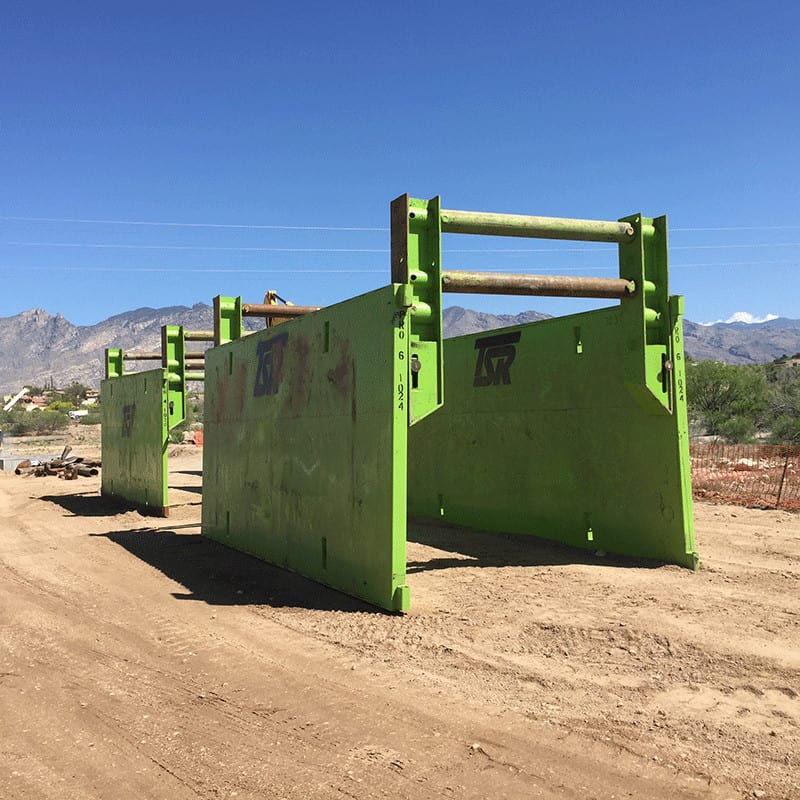The excavation of trenches is an essential component of many constructions and engineering sites. They are used to lay telephone lines and pipes. Trenching can be difficult due the high level of moisture. It’s not easy to remove all dirt from objects, but it’s equally dangerous to expose the skin to danger.
Trench boxes are essential for any kind of repair that involves accessing the ground. They can be used to stop the collapse of a structure based on the soil and material quality. Trench boxes are made from aluminum/steel frame to temporarily secure them prior to excavation begins. The grout is fixed between two layers in case it is necessary, to ensure that no cracks develop when properly set up at the ground level.

Pre Installation
Before digging is initiated, it is essential to determine the risk associated with the project. This includes knowing the equipment that is required and how many people will have access. It also allows you to consider different ways to complete the task without putting your life at risk. A full risk assessment must also take place during pre-excavation surveys so that all possible hazards can easily enough be discovered prior to the project; this will prevent any unanticipated complications later down the line.
Also think about the depth of the trench. If you’re working with five feet of width or more, support from sloping or shoring will be needed based on how wide it gets; however if your trench is 20 feet deep, you will need extra engineering design work because there aren’t straight sides near either end this implies that any structure above ground level must be considered in addition to an increased chance of foundation displacement due to directly into the excavation site.
The trench must be accessed by a ladder, steps, or a ramp. Access must be within 25 feet of the workers in an emergency. The trench box can also be used for testing for low oxygen levels, toxic gases and other problems. These articulated devices are easy to put in place, however, it is important to take care not to stack them on top of each other.
Care of the trench
1. Make sure to inspect the trench box and support every day to look for damage and any motion.
2. Safety equipment must be worn by all employees when working on-site.
3. You should keep the heavy equipment and other tools at least 3 feet from the trench edge.
Extracting
It’s more challenging to construct a trench than to remove it, because the earth around it moves. Chain slings may be utilized to extract it or three ways to assist you in this regard, one of which is employing an overhead crane.
1. Straight Pull: This one is the most simple. Connect your sling to the two points, then pull it out. It is not necessary to exert any force or unneeded movements.
2. Half Pull: A half-pull is used to attach the trench box on one side and lift as much as possible. You can remove dirt and debris out of the trench box without doing any damage.
3. Single Pull Single Pull: Connect a single chain sling leg with the lifting point to lift the trench box. Then, raise each panel individually with a single pull. You can take it down using your trusted pull.
For more information, click shoring boxes